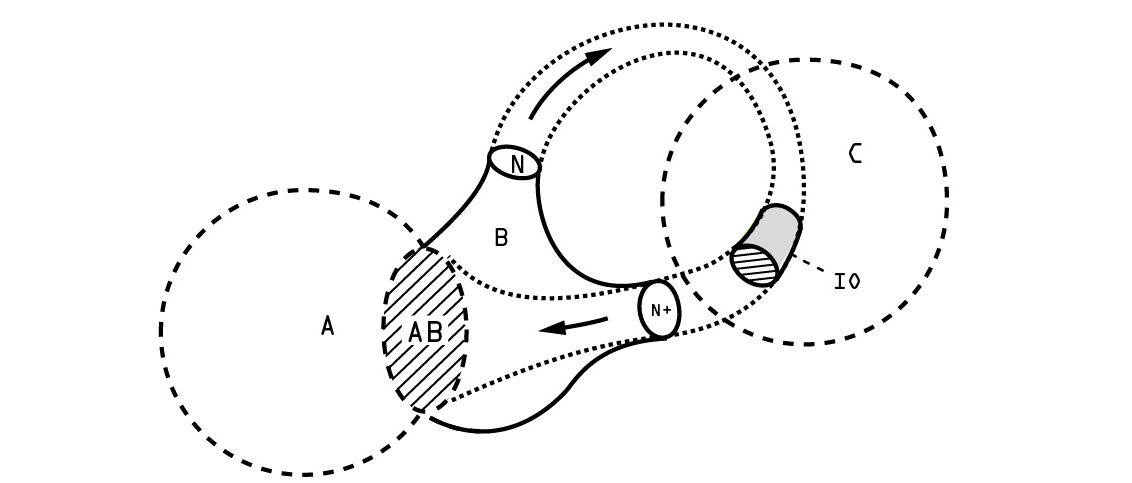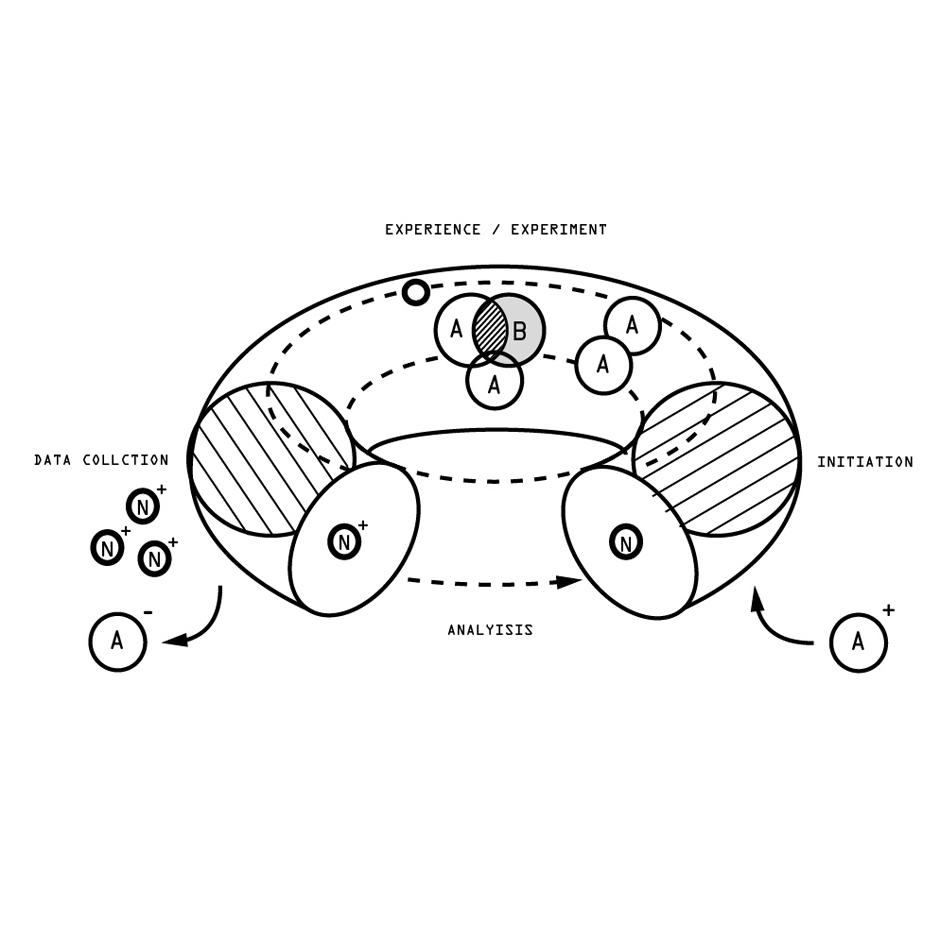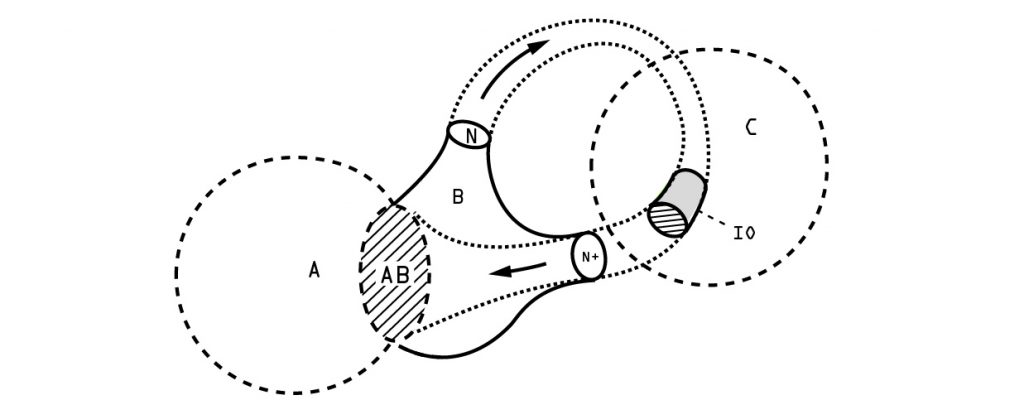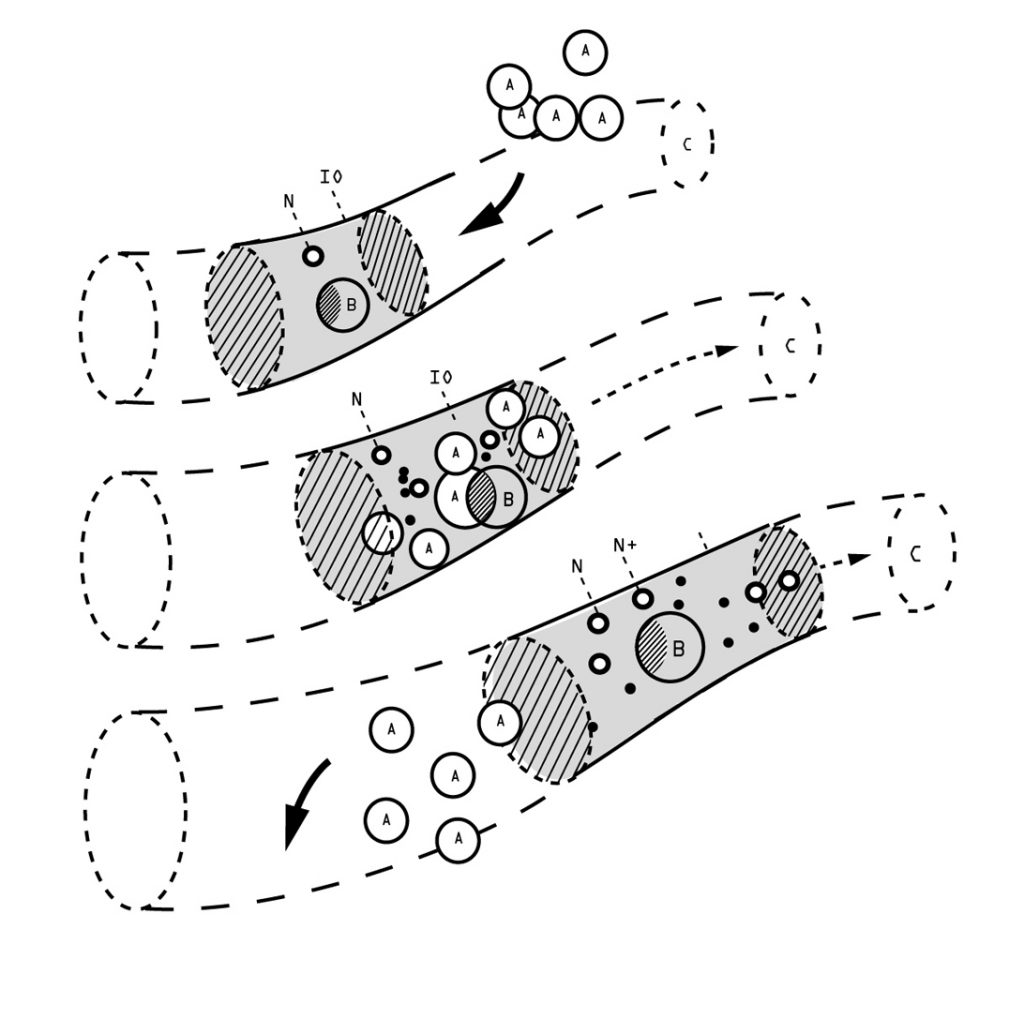
Interface object theory is a way of thinking about artworks as a cyclical experiential process, through which participants inform future iterations of that artwork. I include peers and collaborators as participants within this process.
An interface object is an experiential parameter. It concerns the environmental conditions around the experience of the artwork beyond the practice [Whether that be an object, gallery installation or workshop]. It requires the artist to be present within this to make observations and collect data and inform future iterations of the interface object.
For example, when I exhibit an artwork, I am testing a new idea or an iteration of a previous idea. Having decided upon the conditions of its display or presentation [in a gallery or as part of a talk], I can observe how others interact with the work. I have conversations about this work and receive feedback that informs the practice and future iterations of the work. I am present with the work, I am part of the process, and so it has an ‘interface object’ functionality. Those who take part are not necessarily aware they are participating within this interface object process.
In my practice I often recreate scientific experiments, these can be starting points for an artwork, and if I’m collaborating with a scientist this experiment can be thought of as a ‘boundary object’ within the collaboration. Boundary objects are shared points of interest existing between different fields of specialisation and have different meanings to each.
“..a boundary object is information, such as specimens, field notes, and maps, used in different ways by different communities. Boundary objects are plastic, interpreted differently across communities but with enough immutable content to maintain integrity”
[https://is.theorizeit.org/wiki/Boundary_object_theory]
A workshop is a good example of an interface object [and this is why I came to the idea of the ‘workshop as art‘]. An interface object such as a workshop is an experiential parameter generated around an idea or concept [A Boundary Object]. Participants in this process [including myself] are introduced to new ideas and have discussions about their experiences. This process informs and directs the workshop and often creates new ideas that inform future iterations of the workshop.

If my work is installed in a gallery and I am not present, it does not serve an interface object functionality. However, as instructions or an idea, it has potential in that it can be enacted or experienced by others at a future time, and so it can retain its potential as an active interface object.
Recreating science / working with boundary objects

Boundary Objects (AB) form during collaboration (A+B) and are osmotically absorbed into the practice (n) and are transformed through it forming new ideas (N) which become sites of nucleation for interface objects (IO).
Interface objects [Like boundary objects] are also plastic and can be interpreted differently across communities, but unlike the boundary object, they are fluid entities that can be modified or adapted by their users.
So when I’m working with a scientist, I often enter into their world visiting their lab and reading literature around the subject, so I encounter different ideas and new experiments and methods. These ideas then enter into my practice, are recreated in my studio with my equipment. Over time the experiment changes and becomes something different to the original ‘boundary object’ so this is a transformative process happening inside the melting pot of the practice.
I then test this idea by presenting it back to my collaborators as well as other peers and workshops with the general public. They are performed as artworks. In doing this I get feedback and make observations that inform future iterations of that experiment, and in some cases, an entirely new experiment is devised.
An example of an interface object
A good example is the Rubber Hand Illusion [an experimental model I used in my PhD research] which became the ‘Clay Hand Illusion’ and ‘Unfeasible Object Experiment’ as well as leading to a number of new ideas including Action Intention Paradox and the Autoscope and so on.

Model of Expanded Practice, showing how interface objects (IO) can move between sites of collaboration (C and A) and generate new ideas (N+) which are returned to the practice (B) and feedback to the original site of collaboration (AB). “…Boundary objects (n) exist at (AB) since they are generated through collaboration (A+B). Over time this proximity causes these boundary objects (n) to transmit osmotically into the melting pot of the practice (B). Exposed to these volatile and turbulent conditions within the practice a transformative process takes place. Boundary objects become unstable and open to change; they become reactive. New, sometimes unexpected connections are made. These new ideas gather momentum and begin to exhibit a portal like quality (N) which can become the site of nucleation for an interface object (IO). This then instigates a cycle of interaction beyond the initial collaboration (A+B) into new contexts with a range of different participants (C). The interface object collects feedback and data through its interactions with other participants and collaborators, which feed back into the practice (B) and the original site of collaboration (A+B)…”
See also http://antonyhall.net/blog/model-of-expanded-practice/

To be continued…
PhD Exhibition instructions: Roll over the gallery plan above and click on the links; this will take you through a series of pages that constitutes the online exhibition, each page contains this same gallery plan. If you get lost in the blog, you can return to the exhibition via the ‘PHD EXHIBITION’ link in the main menu at the top of the page. [ See the exhibition press release here >>>]